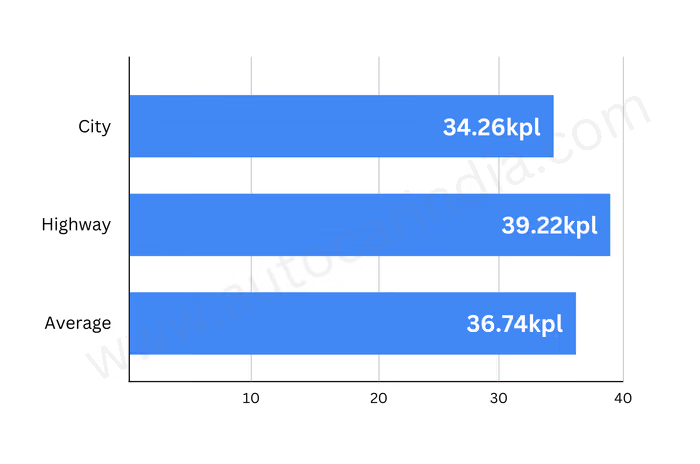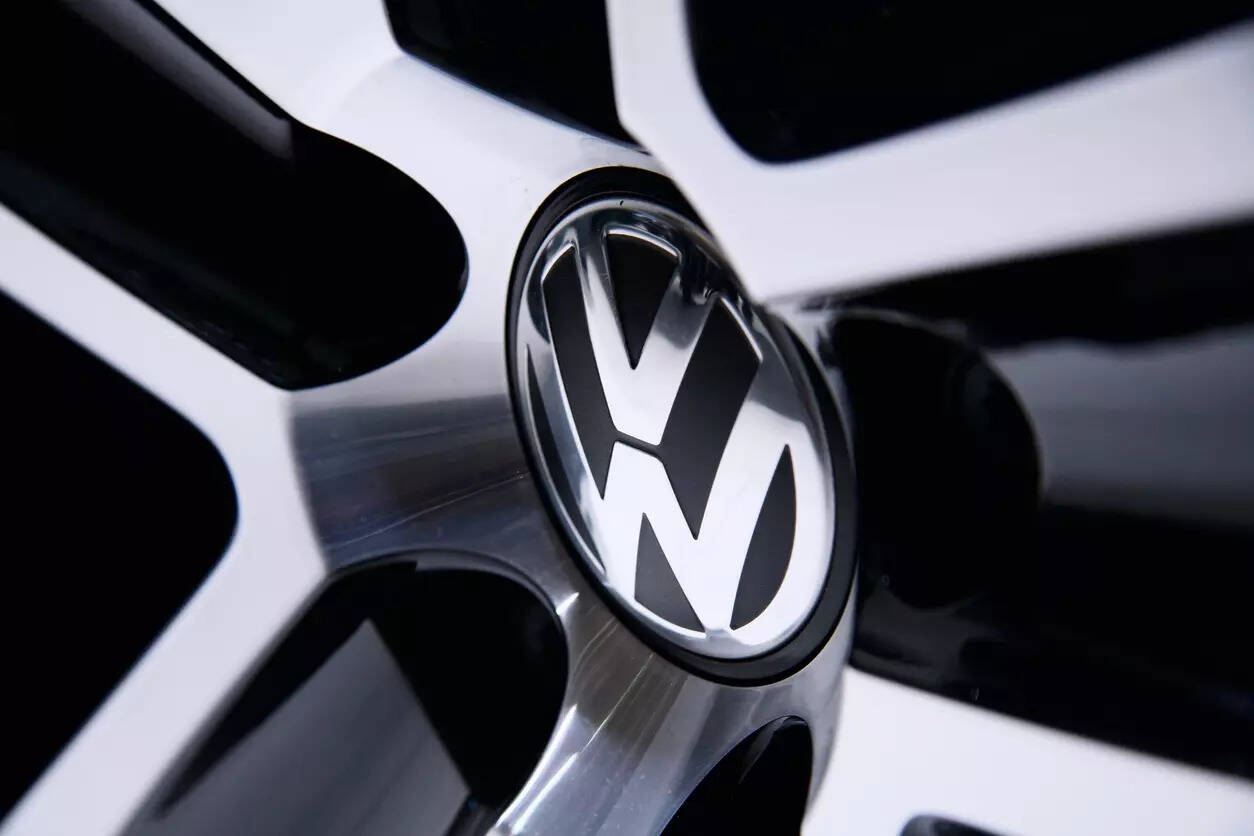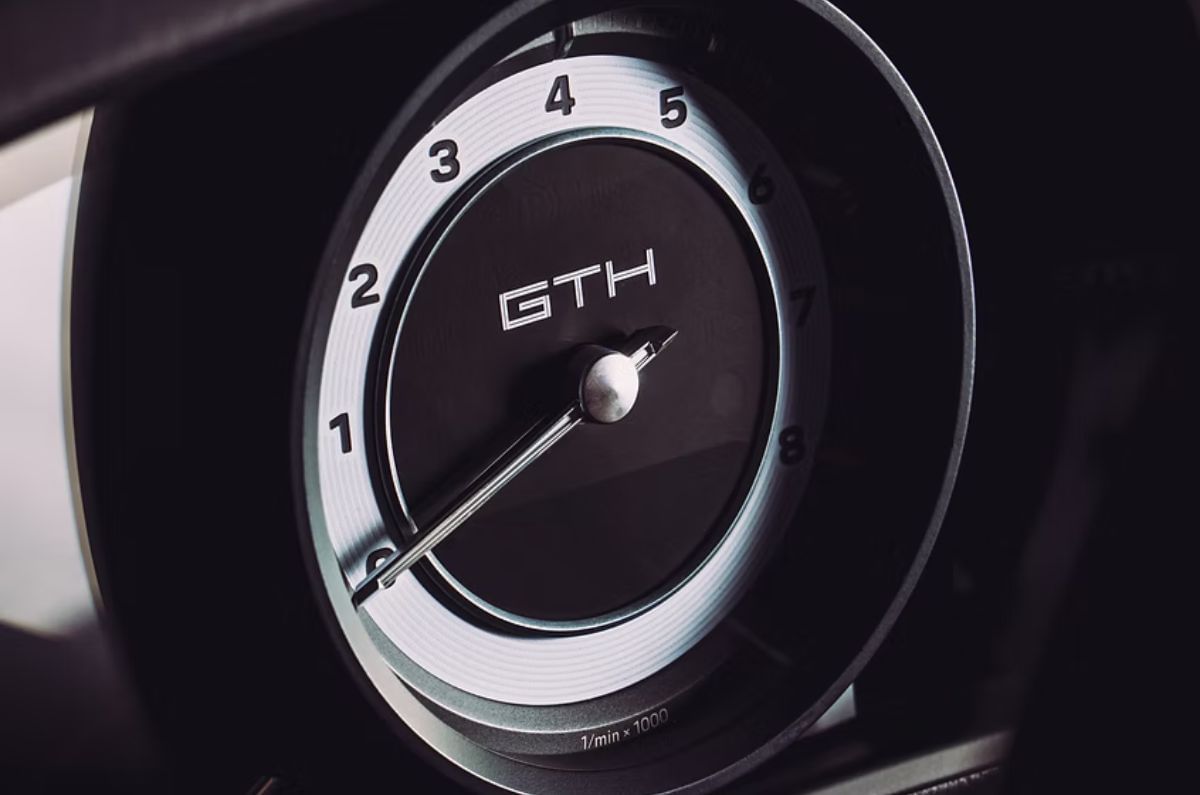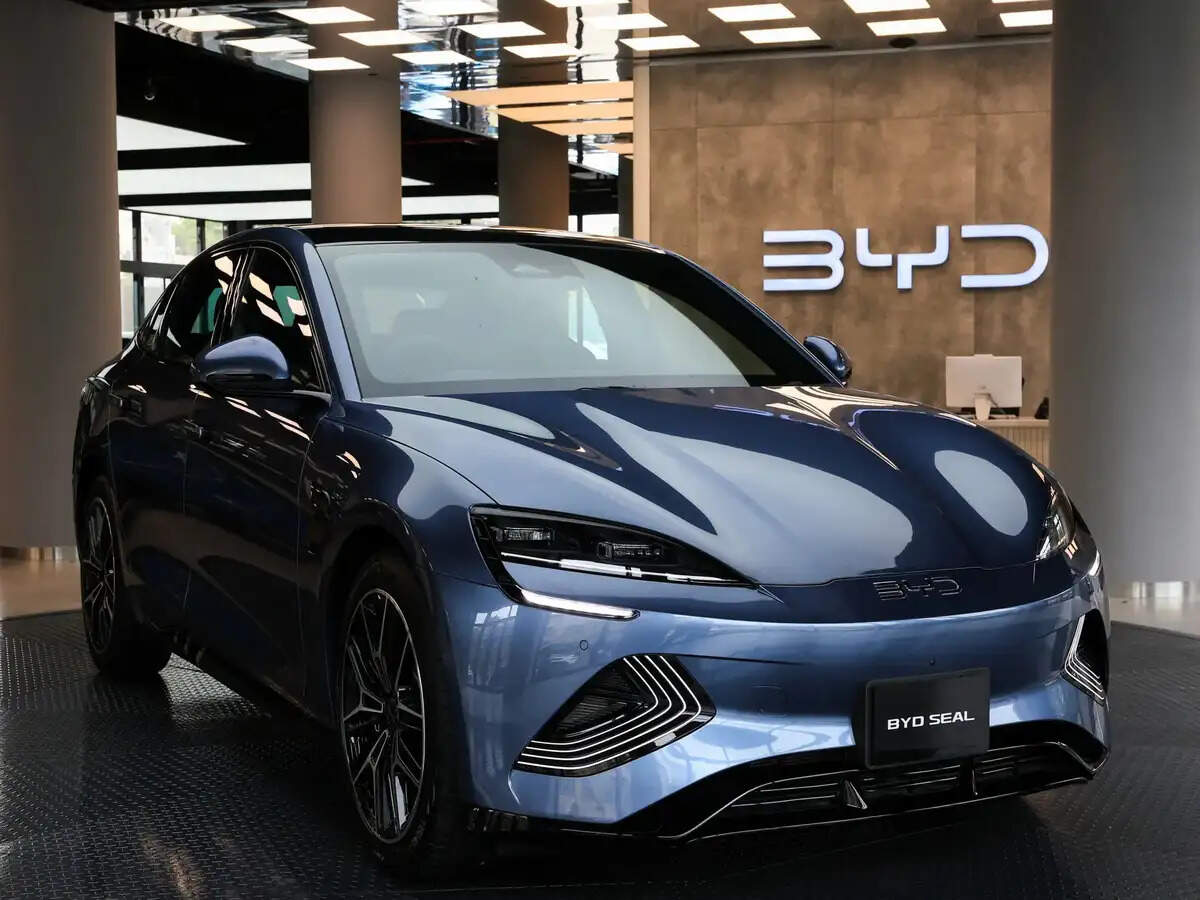We tested KTM’s most affordable ADV currently on offer to find out its real-world fuel efficiency
Fuel efficiency might not be the first thing you think about when looking at an adventure bike, but it plays a big role in how practical the motorcycle feels on long rides and daily commutes. The 2025 KTM 250 Adventure, now updated with the Duke 250’s engine, promises not just performance but also respectable efficiency. We put it through our city and highway tests to see just how frugal it is.
KTM 250 Adventure real world fuel efficiency
It manages a combined overall average of 36.74kpl
In our city run, the 250 Adventure managed 34.26kpl, covering 44.2km while consuming 1.29 litres of fuel. That’s an impressive number for a 250cc ADV, especially given the constant stop-go conditions. Out on the open road, the KTM returned 39.22kpl, having covered 71km on 1.81 litres of fuel. The engine feels relaxed at cruising speeds, happily sitting at low triple-digit figures without strain.

The quickshifter helps maintain momentum smoothly, and if you stick to a light throttle input, the motor rewards you with near 40kpl efficiency, which is an excellent figure for this displacement. Taking both runs into account, the KTM 250 Adventure’s overall average efficiency works out to 36.74kpl. That puts it firmly in the territory of being both commuter-friendly and tour-ready.
KTM 250 Adventure fuel economy analysis
It is powered by a 249cc liquid-cooled single-cylinder that produces 31hp and 25Nm
With a 14.5-litre fuel tank, the numbers translate into serious real-world range. On average, you’re looking at upwards of 400km between fuel stops, and if you’re gentle on the throttle, the bike can easily cross the 500km mark on a single tank. That’s the sort of endurance you want from an ADV. In the city, the tractable nature of the new motor helps as there is enough low-end torque to potter around without excessive gear changes, and the crisp throttle response makes it easy to hold a steady pace.
KTM’s 250 Adventure manages to balance performance and efficiency very well and remains smooth and stress-free even on the highway. If you were worried that KTM’s new engine would be too thirsty for everyday use, these figures prove otherwise—the 250 Adventure is as efficient as it is versatile.
Autocar India’s fuel-efficiency testing
Our fuel-efficiency testing routine starts by first filling the tank to the brim and ensuring the bike is running the manufacturer’s recommended tyre pressures. The bike is then ridden on fixed city and highway routes, where we maintain average speeds that best mimic real-world scenarios, keeping speed limits in mind. The payload on the bikes is kept constant by balancing rider weights and ballast, ensuring consistency across different vehicles and riders. At the end of the test cycle, the fuel tank is once again filled to the brim, giving us an accurate figure of how much fuel has been consumed against the trip meter reading.
Also see: Kawasaki Versys-X 300 fuel economy tested, explained
























































![[HINDI] 2025 OnePlus Android BGMS Season 4 | League Week 2 – Day 6 [HINDI] 2025 OnePlus Android BGMS Season 4 | League Week 2 – Day 6](https://dartjets.com/wp-content/uploads/2025/08/1756571406_maxresdefault-120x86.jpg)